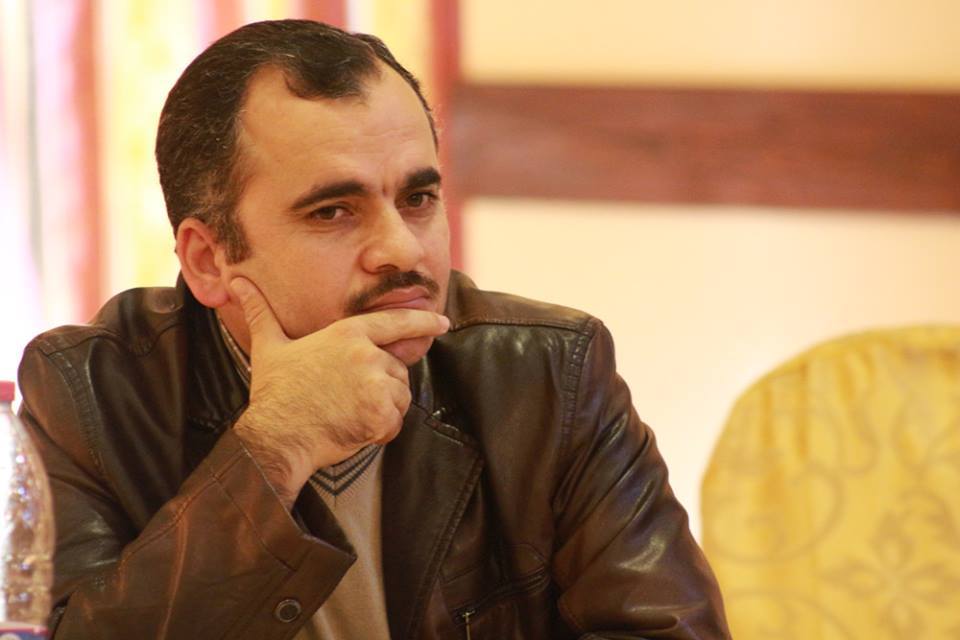I am writing this as Israeli missiles are destroying buildings in Gaza, killing children and frightening civilians under the pretext of tackling the issue of kites that have burned a few acres of agricultural land in our occupied land. This justification fails to convince in light of the magnitude of the missile and bomb attacks on residential areas in the besieged enclave.
This Israeli escalation can be read in several ways, perhaps the most important of which is that Israel’s military establishment — the most moderate party, relatively speaking, in the middle of a right-wing crowd sweeping across the political spectrum — believe that the deterrence factor that it has achieved since the last major offensive on Gaza in 2014 is dwindling. The protests and kites burning settlers’ fields are eroding the power of the Israel Defence Forces’ ability to deter Palestinian resistance. This makes it necessary for the IDF to try to rebuild its veneer of invincibility in case it disappears entirely as the resistance groups come up with new ways to try to break the siege imposed on the Gaza Strip.
The use of such kites may require some kind of guidance and control, though, so that they remain an effective tool benefitting the Palestinians and are not used against them. They should be a tool against the occupation forces, not the other way round.
Read: Israeli army holds ‘wide-scale drill’ for invasion of Gaza City
It is no longer a secret that the political establishment in Israel, represented by the government and its president, is being attacked by its opponents because it has failed to stop the Palestinians’ Great March of Return protests and the kites flown by those taking part. The next parliamentary elections in Israel are scheduled for this time next year, and we are already seeing the first shots being fired — literally — in the election campaign. The opponents of Israeli Prime Minister Benjamin Netanyahu will find no better weapon against him than the images of burnt and blackened fields alongside the Gaza border fence.
I do not think that the regional and international environment can be separated from Israel’s military action, which may well increase in intensity depending on the success or failure of Egypt’s mediation efforts, or Washington’s desire to announce its next deal. The latter may require there to be calm in Israel-Palestine or the elimination of anything likely to hinder its implementation, such as the activities of the resistance groups in the Gaza Strip.
#GazaCrisis
In the face of all of this, Israel’s behaviour can be read calmly and carefully. It is true that the resistance has managed to prove its worth and ability to respond to the Israeli bombs. However, it may need to reposition itself if the violence gets worse.
The reality of the “enemy, adversary and friend” situation locally, regionally and internationally may prompt Israeli decision-makers to continue their bloody campaign against Gaza, even if it does not end up as a full-blown confrontation. This will be for considerations that are related to Israel’s interests and nobody else’s. The leadership of the resistance, therefore, needs to look at this critical and sensitive reality in order to neutralise any factor that would accelerate such a confrontation, placing the emphasis on Gaza’s considerations rather than those of anyone else.
‘Hamas will respond to any Israeli aggression in Gaza’
Translated from The Centre for Regional Studies – Palestine, 16 July 2018
The views expressed in this article belong to the author and do not necessarily reflect the editorial policy of Middle East Monitor.


![Smoke rises above buildings during an Israeli air strike on Gaza City on 14 July 2018 [Ashraf Amra/Apaimages]](https://i0.wp.com/www.middleeastmonitor.com/wp-content/uploads/2018/07/Smoke-rises-above-buildings-during-an-Israeli-air-strike140718_ASH_00-8.jpg?fit=1200%2C800&ssl=1)









